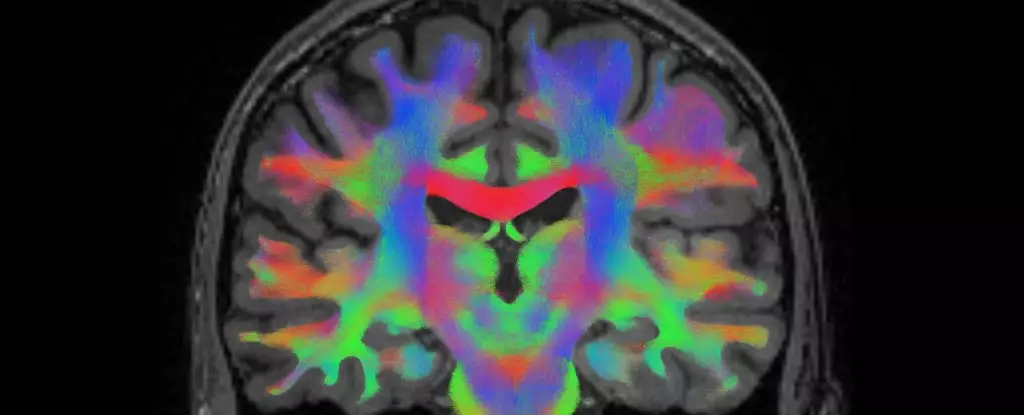Placebos have long intrigued scientists and medical professionals alike, offering the tantalizing prospect of pain relief through the power of the mind rather than pharmaceutical interventions. This phenomenon, known as the placebo effect, hinges on individuals’ expectations of symptom improvement, thereby triggering actual physiological responses in the body. Recent research conducted on mice by a team led by Chong Chen at the University of North Carolina has shed light on the neural circuits underpinning this intriguing effect.
A Closer Look at the Brain’s Involvement
Exploring the biological underpinnings of the placebo effect has been a challenging endeavor, given its multifaceted nature that encompasses both psychological and neural components. Expectations, conditioned responses, and the authority of healthcare providers all intersect in shaping an individual’s response to a placebo treatment. Brain imaging studies have revealed specific patterns of neural activity associated with the placebo response, particularly in brain regions such as the anterior cingulate cortex, the prefrontal cortex, and the brainstem.
Chen and his team delved into the neural mechanisms of pain relief in mice that had been conditioned to anticipate relief in a specific context. By observing the behavior of these mice in response to painful stimuli, the researchers were able to identify key neural circuits involved in mediating the placebo effect. Notably, they discovered a previously unrecognized pathway connecting the rostral anterior cingulate cortex to the pontine nuclei in the brainstem, which appears to play a crucial role in modulating pain perception.
The findings from these animal experiments raise exciting possibilities for the development of novel pain management strategies based on targeting the pontine nuclei and their opioid receptors. By manipulating these neural pathways, researchers may be able to enhance the body’s natural pain relief mechanisms, offering new avenues for non-pharmacological pain control. However, the translation of these findings to human patients remains a critical next step in validating the relevance of these discoveries in clinical settings.
Challenges and Future Directions
While the insights gained from animal studies provide valuable information about the neural basis of the placebo effect, several challenges lie ahead in applying these findings to human populations. Pain experiences in humans are inherently complex and multifaceted, influenced by a myriad of psychological, social, and environmental factors. As researchers continue to unravel the intricacies of pain perception and placebo responsiveness, a comprehensive understanding of these phenomena will be crucial for advancing novel therapies and interventions in the field of pain management.
The recent research on the neural circuits involved in the placebo effect offers a fascinating glimpse into the intricate interplay between the mind and body in modulating pain perception. By elucidating the role of specific brain regions and pathways in mediating the placebo response, scientists are paving the way for innovative approaches to pain management that harness the power of the mind. As we delve deeper into the complexities of pain and its treatment, the insights gained from these studies may herald a new era of personalized and effective pain relief strategies.


Leave a Reply